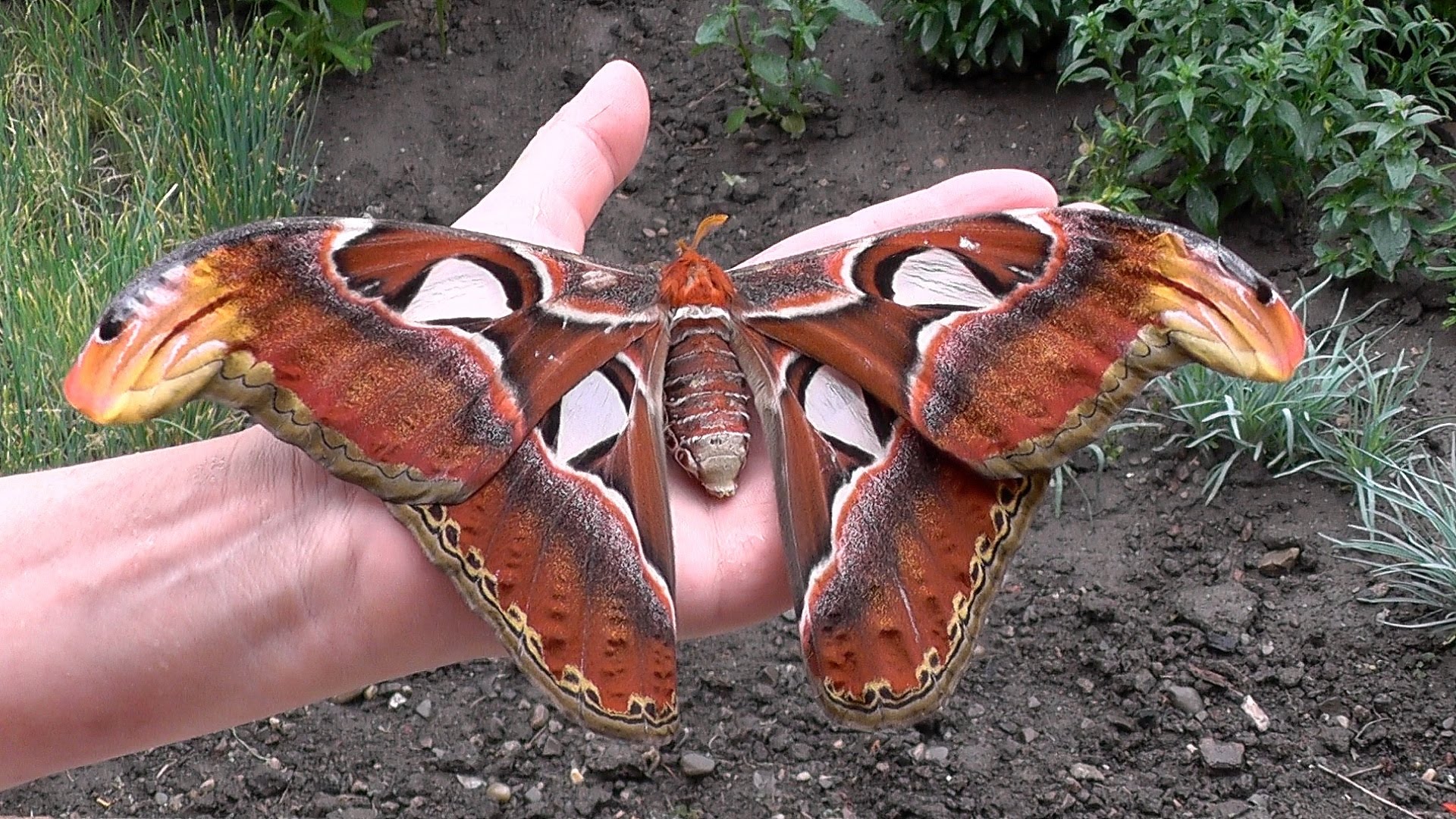The order Lepidoptera contains butterflies and moths. There are over 180,000 species in the order which is divided into 126 families and 46 superfamilies. They account for 10 percent of known species worldwide. The order is defined by the scales that cover them, wings, and a proboscis. They also undergo a complete metamorphosis between the larvae and adult stage. Some scientists have even theorized that caterpillars and adults are different species and metamorphosis changes the genes that are active. This is known as the death and resurrection theory. Butterflies and moths are important pollinators and members of the food chain. Because there are so many families in this group I have chosen to just focus on 5 families for now.
- Saturniidae
- this is a moth family with over 2,300 described species in it
- adults have large bodies and wings
- the bodies have hair like scales on them
- wings often contain eyespots
- front and back wings overlap
- wingspans are typically 1-6 inches but the atlas moth (Attacus atlas) has a wingspan of 12 inches!
- notable members include the giant silk moths, emperor moths, and royal moths
- this family contains some agricultural pests as well as the moths that spin silk

- Papilionidae, or the swallowtail butterflies
- this family has over 550 species
- while most species are tropical these butterflies can be found on every continent but Antartica
- the family included the largest butterflies in the world with the largest being Queen Alexandra’s birdwing (Ornithoptera alexandrae) which can have a wingspan of 9.8 inches
- the larvae in this family have a defend organ called an osmeterium

- Hesperiidae
- also called the skippers
- they are diurnal which results in the family being classified as butterflies, though some appear rather moth-like
- they are named after their flying habitats as they tend to have quick short flights
- there are over 3,500 species worldwide but most are found in central and South America
- they are very hard to identify down to the species level, in fact, Amblyscirtes, Erynnis (duskywings) and Hesperia (branded skippers) have to have their genital parts looked at under a microscope in order to tell species apart, even by experts

- Nymphalidae, or the four-footed butterflies
- this is the largest family of butterflies with over 6,000 described species
- generally, they curl up two of their legs when resting so it appears like they are only standing on 4 legs
- the family contains the emperors, admirals, tortoiseshells, fritillaries and the monarch butterfly (Danaus plexippus)
- some species have more cryptic coloring and appear to mimic dead leafs

- Lycaenidae
- this is the second largest family of butterflies and contains 30 percent of known species
- it is further divided into subfamilies; blues (Polyommatinae), the coppers (Lycaeninae), the hairstreaks (Theclinae) and the harvesters (Miletinae)
- adults are generally smaller than 2 inches, are brightly colored, and may have a glossy appearance
- the larvae are flattened rather than rounded
- many species have a spot at the base of their tail in order to confuse predators



Leave a comment